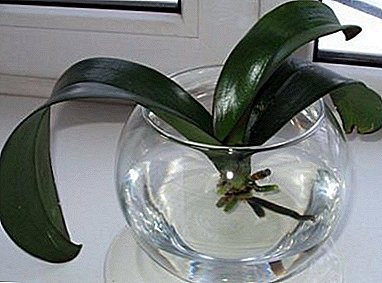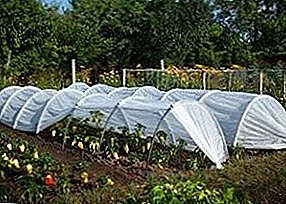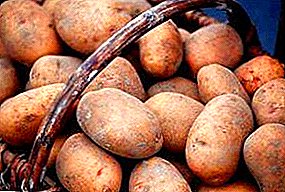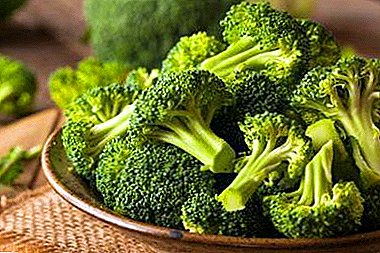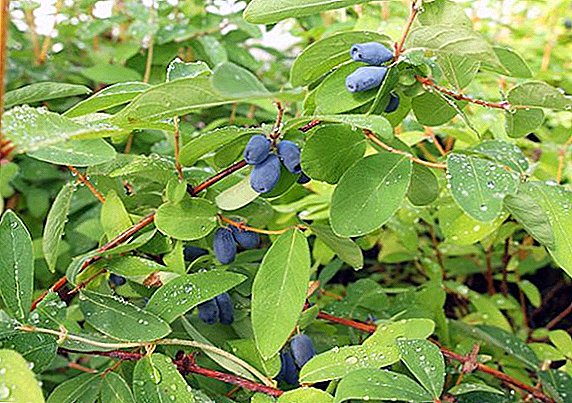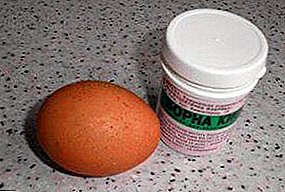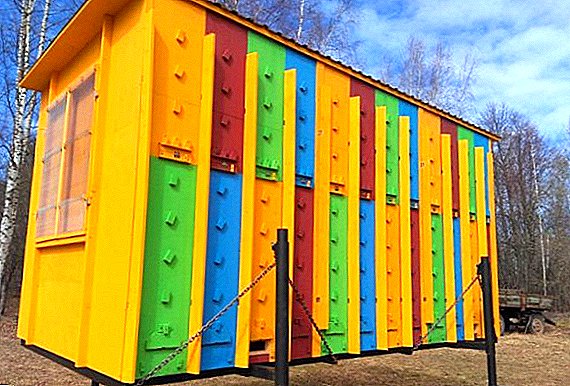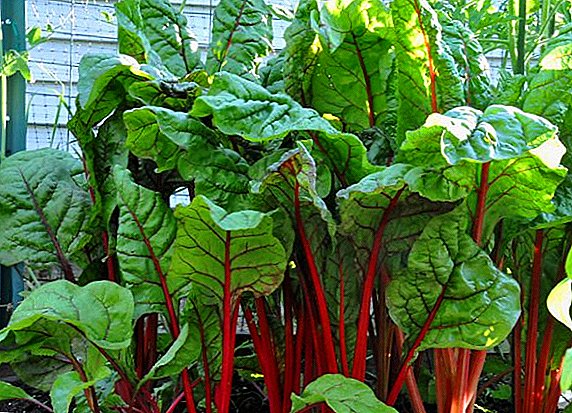 Chard - biennial herbaceous plant, subspecies of beet ordinary, belonging to the subfamily maryvye of amaranth family. The distribution range is the middle and southern latitudes of Europe. There are many varieties that differ in stem color (white, yellow, pale green and dark green) and the texture of the leaves, which can be curly and even. This article will consider the best for growing in the open ground varieties of chard.
Chard - biennial herbaceous plant, subspecies of beet ordinary, belonging to the subfamily maryvye of amaranth family. The distribution range is the middle and southern latitudes of Europe. There are many varieties that differ in stem color (white, yellow, pale green and dark green) and the texture of the leaves, which can be curly and even. This article will consider the best for growing in the open ground varieties of chard.
Did you know? Chard began to be cultivated in ancient Rome, whereas the roots of beet ordinary steel were eaten much later, only in the 10th century.
Chard "Lukullus"
Chard varieties "Lukullus" has the following description: mid-season variety with thick pale green petioles up to 25 cm in length and a rosette of large, highly elevated, highly bubble leaves. Planting varieties "Lukullus" produced in April or late autumn. The mass of the productive part of the plant is from 500 g to 1200 g. It takes 3 months from the sprouting of the plant to ripeness.
Important! The leaves of chard "Lukullus" contain a large amount of vitamin K, the excess of which in the human body can cause thrombophlebitis, blood viscosity, varicose veins.
Mangold "Scarlet"
A two-year hybrid, resistant to flowering in the first year of the growing season, yields the first crop 35-40 days after planting, becomes fully ripe in 90 days. Mangold "Scarlet" has a sprawling green-violet rosette of bubbly leaves up to 60 cm in size. The petioles have a crimson hue, they are 25 cm long, juicy and fragrant. The variety is characterized by high yield: up to 6 kg of petioles and leaves can be collected from 1 m2 in open ground. in greenhouses - up to 10 kg.
Important! The composition of the chard "Scarlet" is oxalic acid, so before use it needs a little boil. It is worth doing to people who have problems with the kidneys and gall bladder.
Mangold "Red"
Mid-season variety with red leaves, having frost resistance, moisture-loving, can grow on any soil. Red beet chard "Red" contains vitamins C, B1, ZZ, carotene, it is rich in mineral salts and proteins. Drinking chard juice "Red" allows you to expand blood vessels, cleanses the liver and kidneys, forms red blood cells, improves memory, slows down the aging process. Salads and soups are made from leaves and petioles. It grows quickly, needs regular cutting.
Mangold "Emerald"
Mangold "Emerald" is an early ripe variety with a large rosette of leaves, a dark green blistery leaf plate and a petiole up to 30 cm. Time from germination to the beginning of the collection - 70 days. Multiple cutting is allowed. From beet leaf variety "Emerald" make salads, leaves stew, pickled.
Mangold "Argentat"
Chard "Argenta" is a variety that forms a powerful shrub of many large leaves on broad and fleshy white stalks. The variety bears fruit very long - from the beginning of June to late autumn. It is possible to cut the leaves and petioles during the growing season several times, the green mass is very quickly restored after each cutting. The best soil for chard "Argenta" will be loose and fertile loam.
Spinachy Chard
The early ripe domestic grade forming the big socket from gentle juicy fleshy leaves. Differs in high frost resistance, it is undesirable to grow up in acid soils, best of all grows on light and fertile loamy soil. The peculiarity of this variety of leaf beets is that sowing chard "Spinach" should be done at soil temperature up to 20 ° C. To protect yourself from spring frosts, you can plant in three stages - May, July and October, to speed up seedlings before sowing they should be soaked in a weak solution of potassium permanganate.
Did you know? Chard root "Spinach" contains a large amount of sugar, which was previously mined by boiling. Much later, sugar began to be produced from ordinary beets.
Mangold "Belovinka"
Mangold "Belovinka" - light-spotted domestic variety of leaf beet, intended for open and protected soil. Mangold "Belovinka" is a mid-season variety, 83 days pass from germination to ripening. In open ground, you can get up to 5 kg from 1 m2, in protected - up to 9 kg. Leaves can be used as salad greens, and scapes for hot dishes.
Important! The use of chard "Belovinka" is useful for diabetes, anemia, high blood pressure, improves the cardiovascular system, and speeds up the metabolism.
Mangold "Kinky"
Beet chard of this variety mid-season. It has strong bubbly leaves and broad white petioles. It grows best on loose soils, loves a large amount of sunlight, needs regular thinning at 30-40 cm. If the owner is going to remove leaves from chard “Kinky” repeatedly, plants in rows should be left at a distance of 25 cm.
Mangold "Brazilian"
Early ripe yellow-crested variety with a half-standing rosette of leaves of various variegated colors. Chard "Brazilian" is often used for decorative purposes. Sufficient moisture and fertilizing with mineral complexes, access of sunlight, which prevents chard "Brazilian" from accumulating nitrates, as well as weeding and loosening the soil contributes to the full development of the plant.
Mangold is used in cooking in various countries of the world, has useful properties, so leaf beets should be grown in their garden.


